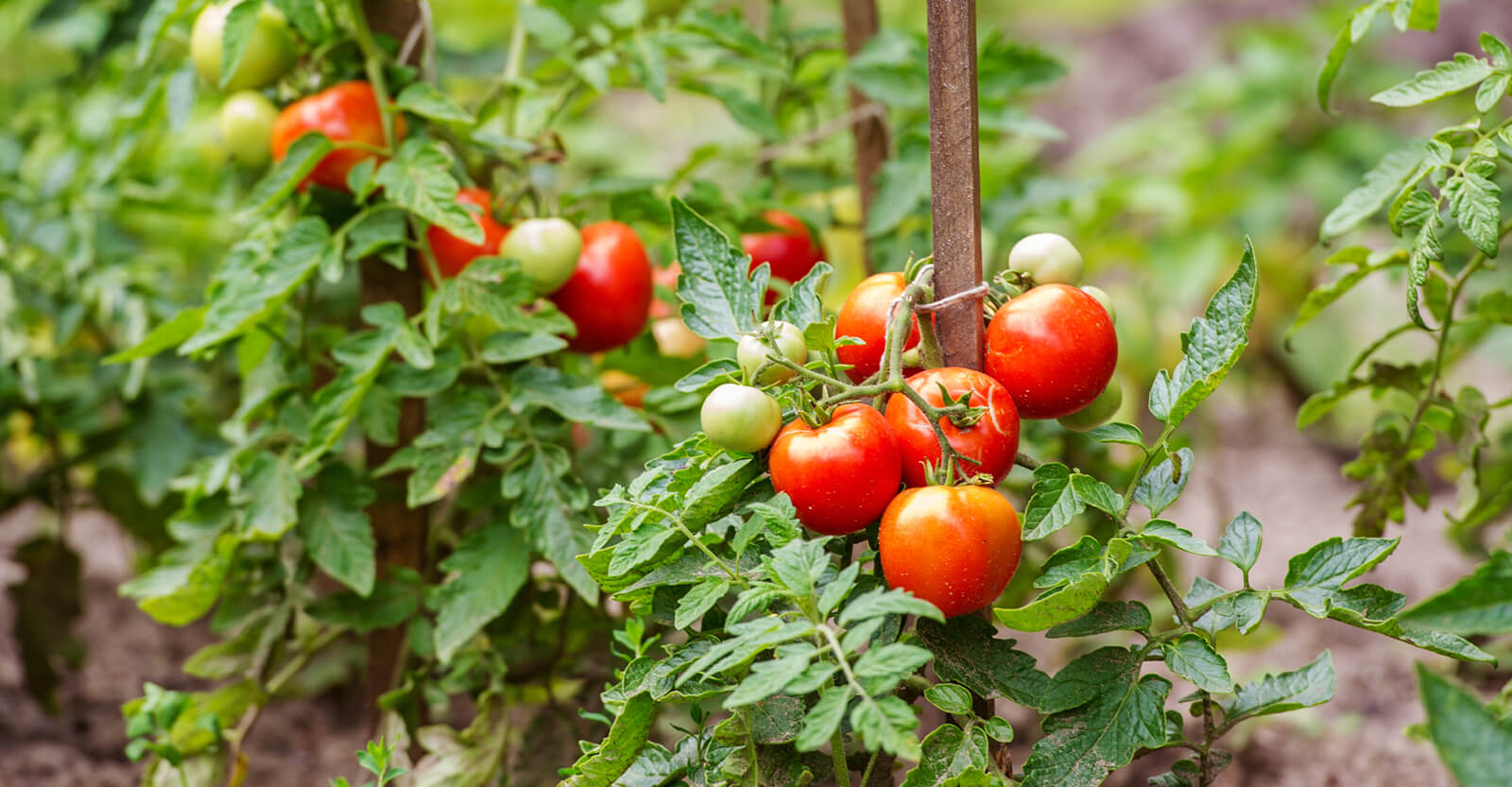Tips for Growing a Victory Garden
Minute Read

We’re not going to glamorize it; growing a garden can be hard work. However, your garden can reduce grocery store trips, save you money and promote healthy eating and exercise. Read on for a quick history lesson and tips to start a victory garden.
What is a victory garden?
According to History.com, during World War I, “agricultural workers were recruited into military service and farms were transformed into battlefields” resulting in a European food crisis.
American citizens were encouraged to use vacant land for planting and harvesting fruits and vegetables. The citizens stored the food and the United States exported it to its allies.
The war garden movement reemerged in World War II when United States food rationing motivated Americans to grow food using whatever space or receptacle they could find.
What’s in a victory garden?
Historically, it was essential to harvest staple crops that were easy to grow and maintain. Popular produce included:
- Carrots
- Lettuce
- Tomatoes
- Beans
- Peas
- Squash
How can I grow a victory garden?
- Choose a sunny location. Most produce requires between 6 and 8 hours of sun per day.
- Prep your space. If your backyard is not suited for a victory garden, explore your area to see if community garden plots are available. Ground-level beds were standard during the victory garden era. Today, raised beds or container gardens are popular options.
- Decide what produce to plant. Choose crops you like to eat. Plants thrive in different growing conditions, so do your research before purchasing.
- Lay out your victory garden plans and label plants. Growing conditions differ, so grab a pen and paper and map out your plan. Purchase inexpensive popsicle sticks or plant markers to identify your crops.
- Add nutrients to the soil. Start your backyard compost pile or join a local composting program. Composting helps reduce food waste and gives your plants the food they need to thrive.
- Water accordingly. Understand how much water your plants need. Overwatering can damage your plants. Capturing rainwater in a barrel or bucket is a money-saving, environmentally friendly way to water your plants.
Once you’ve harvested your crops, consider using them to prep meals. This saves you time and money and also encourages healthy eating. If you grew staple crops, incorporating them into recipes should be easy! If your garden inspires you to take on a more extensive backyard renovation, consider leveraging your home’s equity to fund your updated space. Questions? Don’t hesitate to reach out to our team of associates.



